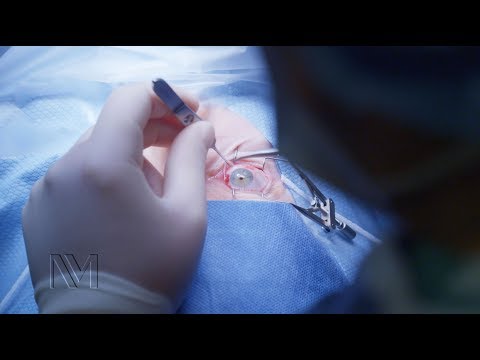Causes And Diagnoses
Causes and Diagnoses of Myopia
To see clearly, the cornea (the clear part that covers the pupil) and the lens (which sits behind the pupil) focus light on the retina in the back of your eye. If the eye is misshapen in any way, the result is a refractive error that causes blurry vision.
The nearsighted eye is usually longer than a normal eye, and its cornea may also be steeper. Therefore, when light passes through the cornea and lens, it is focused in front of the retina, making distant images appear blurred.
Myopia tends to run in families. Other risk factors include spending a considerable amount of time reading or on hand-held devices and not spending enough time outside and using distance vision.
Diagnosing myopia
Your physician can diagnose myopia with a simple eye exam, which may include:
- Visual acuity test: This common eye chart test measures vision ability at various distances using a series of lenses.
- Pupil dilation: The pupil is widened with eye drops to allow a close-up examination of the eye's lens and retina.

